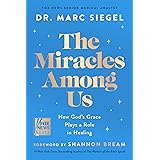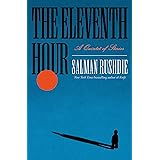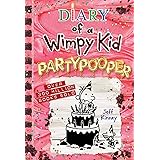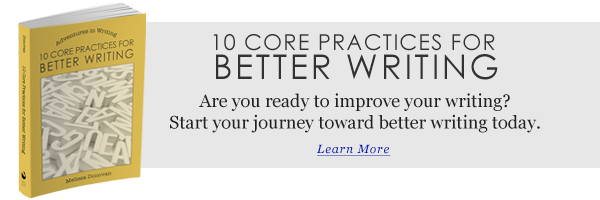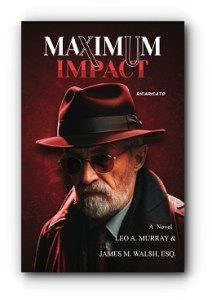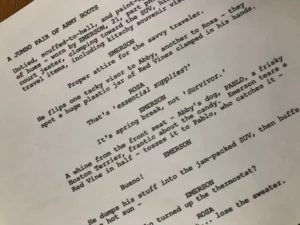“Unlocking the Secret: How Masterful Storytelling is Transforming Content Writing into an Engaging Art”
Ever found yourself stuck trying to write something persuasive, only to realize that the dry facts just aren’t cutting it anymore? You’re not alone! In today’s chaotic information age, where every click leads us to a wealth of data, merely rattling off statistics or reciting truths is so yesterday. Instead, the magic lies in weaving together stories that resonate emotionally with your reader. By tapping into their feelings, you can inspire them to act—whether that’s clicking “buy” or simply changing their mind. Let’s dive into some practical writing insights that will help you, as freelancers and solopreneurs, navigate this new landscape where storytelling reigns supreme. Because who doesn’t want to be the storyteller that moves their audience to action? Ready to explore? LEARN MORE.

Word Wise: Practical Writing Tips for Freelancers and Solopreneurs
Once upon a time, facts were the headliners in persuasive writing — but no more
Persuasive storytelling is a writing technique. It uses a story to rouse a reader’s emotions and move him to act.
That’s a key reason we write, isn’t it? To bring about change for readers. Humans are notoriously eager to keep the status quo. We need a persuasive push against our internal inertia in order to make a change — even if it’s just adopting a new attitude or adding a piece of information to our brain’s hard drive.
Once upon a time, facts and reason were headliners in persuasive writing. But no more.
Traditional copywriting, the beacon of persuasive content, is a good example. Good copy makes a promise to a reader about a product and then offers proof (facts, statistics, evidence) to convince him to take the plunge and buy it.
But facts, by themselves, are no longer enough to persuade readers. These days readers have unlimited access to oodles of information online. We can find the facts for ourselves.

